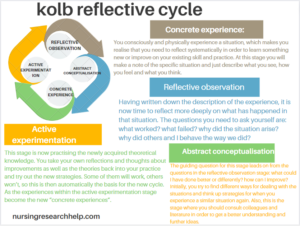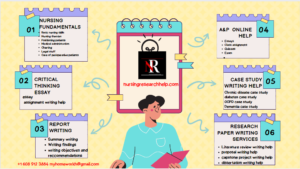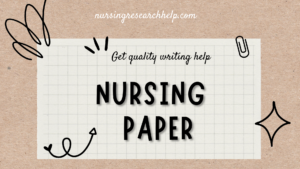4Leadership Styles and Management in Mental Health Care Facilities

When it comes to the management of a mental health care facility, leadership styles are important to understand. These styles include Autocratic, Laissez-faire, and Relations-oriented. Understanding Leadership Styles and Management in Mental Health Care Facilities can help a facility manager make better decisions about how to handle employees and improve overall productivity.
Autocratic leadership
The term Autocratic leadership is used to describe a type of leadership whereby the leader or supervisor has complete authority over the members of the team. While this may sound like a great idea, in reality, autocratic leadership is not always a good idea.
Some of the most effective leaders in the world combine different styles to create a distinctive management approach. In particular, leaders who are able to recognize and respond to their employees’ individual needs and skills. This kind of leadership is especially helpful in situations where time is of the essence, quality of work is paramount, and execution is of the utmost importance.
One of the major negative sides to autocratic leadership is that it can lead to a sense of disconnect among team members. It can also make staff members feel as though their opinions don’t matter. They might become disinterested in the job and not want to put their personal efforts into the work that they are required to do.
There are many advantages to autocratic leadership, however. For example, it can help prevent mistakes made by inexperienced teams.
Another positive side to autocratic leadership is the fact that it can help reduce stress among team members. Employees under this kind of leadership are more focused on performing and completing tasks. If they are given the opportunity to express their opinions, they are more likely to do so.
Autocratic leadership can also benefit a team by creating a sense of order. Members are more likely to perform when they know they are under the direction of a competent and effective leader.
Autocratic leadership can also lead to higher productivity and efficiency. Since it’s a type of leadership where one person makes all of the important decisions for the entire organization, it can cut through the bureaucracy of a large company.

Task-oriented leadership
Task-oriented leadership is a type of leadership style that emphasizes getting the job done right the first time. It is often used in organizations that need to produce results or have a strict deadline. The leaders also create a clear and detailed process that is easy to follow.
These types of leaders are very good at planning and making sure that all tasks are done on time and in a high-quality manner. They also create simple processes and make sure that the team members are motivated to finish their tasks.
But if this kind of leadership is used in a pushy way, it can take a toll on employee productivity. The overburdened employee may develop negative attitudes and a lack of motivation. Luckily, there are a few ways to remedy this problem.
Firstly, you can set aside a portion of your workday to rest and relax. Employees are often more creative when they are given the freedom to work in an environment that is conducive to their wellbeing. Another method is to reward employees for their ethical behaviors. This can minimize unhealthy rivalry and encourage teamwork.
Moreover, you should consider your own stress levels and how they impact your performance. Also, you should make it a point to promote work-life balance. Having an understanding of your own strengths and weaknesses as a leader can help you get the most out of your team.
In addition, you should make it a point to focus on the health of your employees. This will improve their experience at work and increase productivity. You should also consider the stress level of your team members.
Lastly, you should consider integrating task-oriented leadership into your management practices. This can provide your organization with a competitive edge.

Relations-oriented leadership
Relationship-oriented leadership (ROL) is a leadership style that emphasizes relationships and team cohesion to achieve goals. The focus is on motivating team members by building emotional connections and aligning work groups towards a common goal. ROL is most effective in collaborative environments where team members feel valued, supported, and encouraged to bring their best to work.
Compared to task-oriented leadership, relationship-oriented leadership is more likely to promote teamwork and motivate employees by building morale and cooperation. In addition, ROL leads to better retention rates and more innovative ideas.
Although there are many studies exploring the link between leadership and mental health, only a handful have examined the impact of supervisors on employee mental health. This is because relationship-oriented leaders have the ability to build trust, develop a sense of belonging, and make their workers feel like they are part of a larger team.
However, a lot of these studies have focused on single-source factors. Since relationships are shaped by more than just the leader’s perception of them, it’s important to look at both sides of the equation.
As a result, a more comprehensive approach is needed to evaluate the impact of leadership on employee outcomes. A multisource approach is especially necessary to investigate the relationship between HoL and mental health.
To understand this, researchers conducted a two-part study. Part one surveyed demographic and control variables. Participants were also given a debriefing on a cover story. Study two analyzed the LMX.
The LMX is the quality of the leader-member relationship. Relationship-oriented leaders are able to identify and develop their team members’ strengths and weaknesses. They then assign roles based on the followers’ liking. Moreover, they foster communication, listening skills, and active listening.

Laissez-faire leadership
There are several different types of leadership styles, and one style is called laissez-faire leadership. This style allows employees to make their own decisions and use their skills without interference from managers.
Although this style can be a positive option for some people, it can be detrimental for others. Laissez-faire leadership can lead to a culture of uncertainty, and may hinder group work.
While it can be beneficial to encourage innovation and creative thinking, the lack of structure can lead to ineffective decision making. It also makes it difficult to hold others accountable.
A lot of newcomers to a healthcare organization may find that they aren’t receiving enough direction. For this reason, leaders must remain flexible and ready to offer corrections and encouragement.
Some healthcare organizations adopt this style because they want to promote creativity and autonomy. In the absence of a leader, groups can become confused and lack accountability.
Another disadvantage of this style is that it can cause morale to suffer. People who feel they have the freedom to make their own decisions are more likely to interact with peers. However, this can create an environment where individuals engage in dominating behavior when conflicts arise.
The best leaders balance the support and supervision of their team members. If a member of the team needs help, they can always ask their supervisor.
Although this leadership style may be effective in some situations, it isn’t necessarily the right approach for all healthcare situations. New and inexperienced nurses may find that they don’t receive the guidance they need. Similarly, if there are changes in the composition of a team, the effectiveness of this leadership style may decrease.
Conclusions
In the health care context, leadership styles play an essential role. The aim of this review was to evaluate the association between leadership style and healthcare quality measures.
Leadership styles can be classified into three categories: transformational, transactional, and informal. Each style has a different impact on the quality of care. However, few studies have attempted to evaluate this in detail. Therefore, this literature review focused on the most recent studies on the subject.
The Multifactor Leadership Questionnaire (MLQ) was used to measure the effects of leadership styles. It has nine questions on three distinct leadership outcomes: effectiveness, the impact of a leader’s behavior on quality of care, and the best practices.
Effective leadership involves a variety of behavioral capabilities, from problem solving to strategic planning. Leadership styles can promote positive outcomes and support the experience of experienced staff. They can also reduce mortality rates. Consequently, it is critical for health care organizations to have the right mix of skills and competencies.
Several published studies have shown that leadership plays a vital role in delivering quality care. Yet, only a few studies have tried to correlate leadership style with health measures. As a result, the current state of the art is a little hazy.
For instance, it is not known whether leadership training is effective. Whether or not it is, it is worth noting that leadership training can contribute to the wellbeing of employees. Furthermore, there are a number of leadership traits that may lead to positive or negative effects on health.
One of the best practices is to encourage supervisors to discuss health topics openly with their teams. Another is to identify early signs of mental distress. Finally, training programs should be tailored to the needs of leaders and teams.
Hire us to write your Leadership Styles and Management in Mental Health Care Facilities


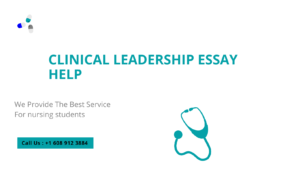



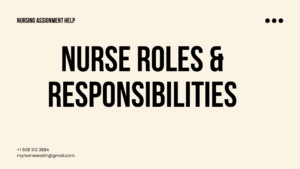
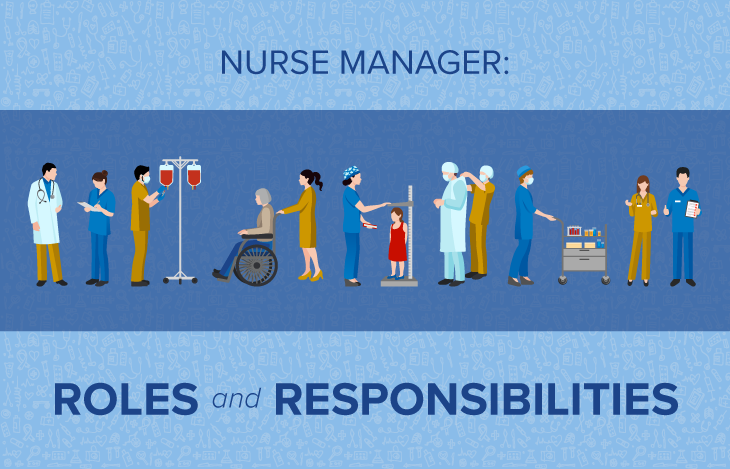



 hts for information
hts for information


 If you are a nursing student in Canada, you might be searching for the Best Nursing Writing Service For Canadian Students. Are you looking for the best lab reports, term papers, or literature review? Regardless of what type of essay or writing project you have, you’ll find that our writing service has what you’re looking for.
If you are a nursing student in Canada, you might be searching for the Best Nursing Writing Service For Canadian Students. Are you looking for the best lab reports, term papers, or literature review? Regardless of what type of essay or writing project you have, you’ll find that our writing service has what you’re looking for.

